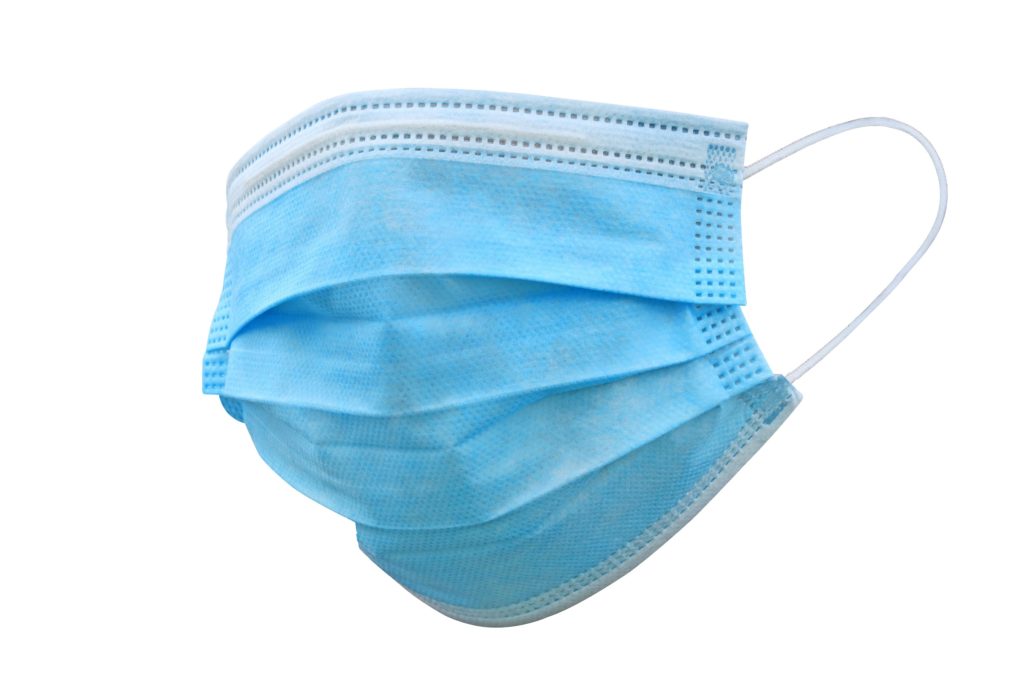
More research is emerging that suggests the answer is no, masks have not helped reduce spread of infection.
5/26/21 – Town hall – Masks Didn’t Slow Covid Spread: New Study – Study cited in the next paragraph calculates “mask mandates and use not associated with lower SARS-CoV-2 spread among US states.” In other words study finds there is no correlation between the level of mask use and infection rates. Their research does not support the idea that higher use of masks results in lower transmission rates.
5/18/21 – medRxiv – Mask mandate and use efficacy in state-level Covid-19 containment – Using proper statistical methodologies, study finds there is no difference in infection rates between states that mandated masks and states that did not require masks.
Infection rates are “comparable” for the states with early adoption of mas requirement and states with late adoption.
The research paper uses technical language, which is exactly what you would expect, so it is difficult to read. I will still quote the abstract, which says:
“Results Case growth was not significantly different between mandate and non-mandate states at low or high transmission rates, and surges were equivocal. Mask use predicted lower case growth at low, but not high transmission rates. Growth rates were comparable between states in the first and last mask use quintiles adjusted for normalized total cases early in the pandemic and unadjusted after peak Fall-Winter infections. Mask use did not predict Summer 2020 case growth for non-Northeast states or Fall-Winter 2020 growth for all continental states.
“Conclusions Mask mandates and use are not associated with slower state-level COVID-19 spread during COVID-19 growth surges. Containment requires future research and implementation of existing efficacious strategies.”
Mask mandate and use efficacy in state-level Covid-19 containment by Damian D. Guerra and Daniel J. Guerra is licensed under CC BY 4.0
In simple terms, there is little difference in infection rates between states which did and did not require asks.
Early or late adoption of mask requirements did not affect transmission rates.
Level of mask usage did not correlate to the increase in infections in summer of 2020 or growth in the infection rates during fall/winter.
Essentially, mask usage does not have a relationship to the level of infections.
Toward the end of the full text, the research paper sites a wide range of other research pointing towards problems caused by masks. In other words, there are negative consequences to wearing masks, which include:
- Use for more than four hours a day increases facial alkalinization which in turn can encourage dehydration, which in turn increases the risks of bacterial infection.
- Some researchers in England have reported increased headaches and lower thinking levels (“reduced cognition precision”).
- Those factors are in turn linked to an increase in medical errors.
- Socialization by children is reduced because of the loss of nonverbal communication.
- People with hearing loss will lose comprehension of conversations because masks distort speech.
Soooo…minimal measurable benefit with substantive identifiable harm.
More research:
5/9/21 – Wall Street Journal – Lockdowns Didn’t Stop Covid – Another cited research project found that businesses and other workplaces which put protocols in place, such as masking, air filtering, social distancing, along with screenings and other steps, developed environments with a far lower infection rates than people who stayed home.
During the pandemic it was more dangerous to be home than at work with protocols in place.
Quarantines, or house arrest, or whatever else you want to call the lockdowns did little or no good. A full roster of protocols helped.
This particular research paper points out that a number of other studies have found most transmission took place at home.